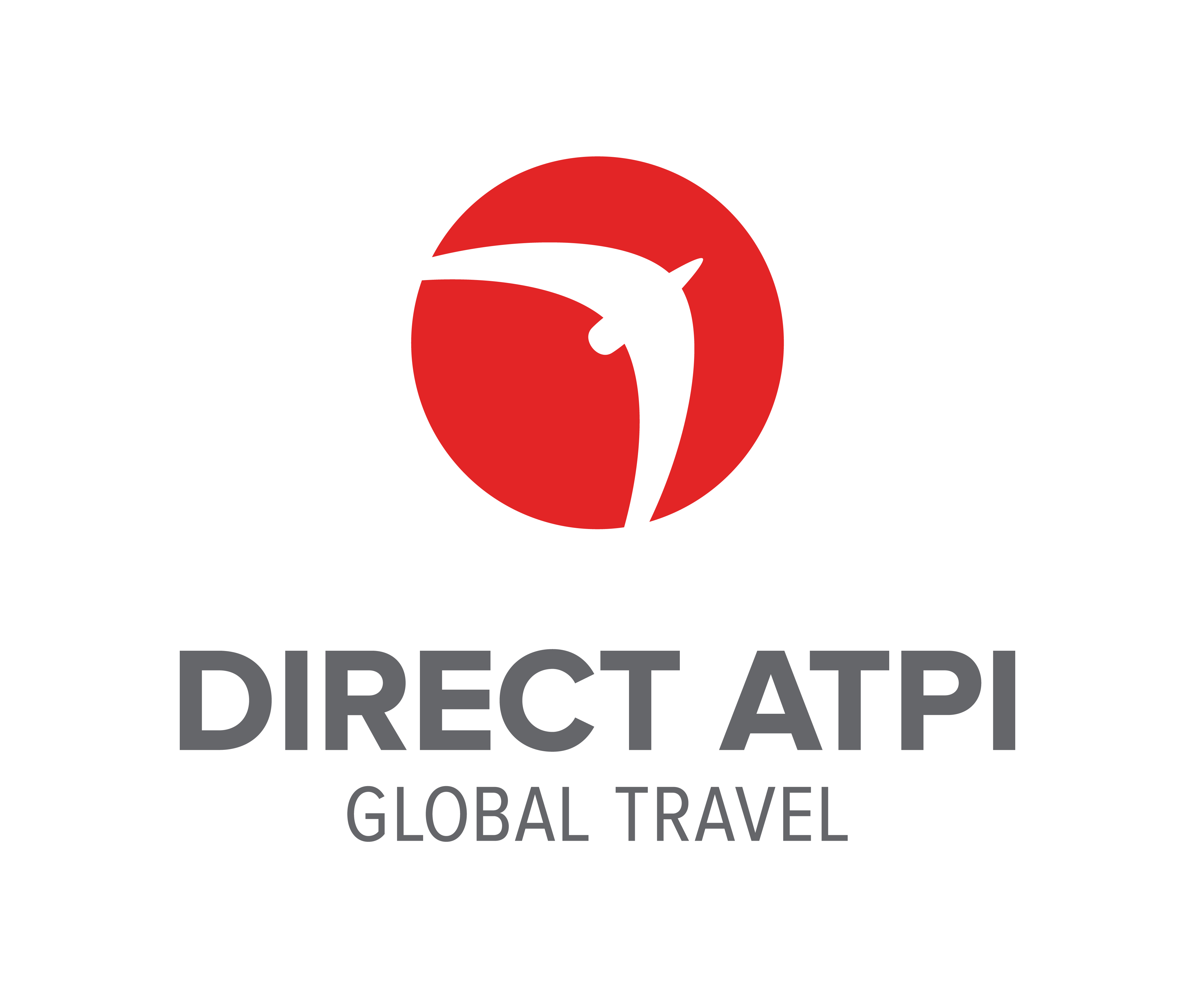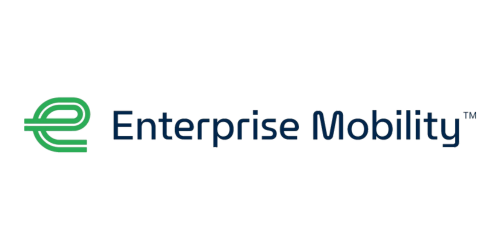Mobility Budgets – The Future of Business Travel & Employee Transport
)
- Original contribution by: Mobilleo
- Updated and expanded by: Jonathan Carter-Chapman, Marketing Director, Northstar Travel Group
- Re-Published: March 2025
- Topics: Business Travel, Mobility Budgets, Employee Transport, Sustainable Travel
- Read Time: 7 mins
Quick Summary
Mobility budgets are transforming corporate travel, offering businesses a flexible, cost-effective, and sustainable alternative to traditional travel policies and company cars. This guide explores what mobility budgets are, how they work, and their advantages, as well as the latest industry trends and technologies shaping their adoption.
Business Travel Show Europe | 19-20 June 2025 | ExCeL London
What Is a Mobility Budget?
A mobility budget is a financial allowance given to employees to cover business travel expenses and commuting. Unlike traditional business travel budgets that focus solely on flights and hotels, mobility budgets allow for a broad range of forms of mobility, including:
- Public transportation
- Ride-hailing services
- Car-sharing and rental vehicles
- Electric scooters and bikes
- Walking and cycling reimbursements
Employees are empowered to select the modes of transport that best suit their needs, whether for daily commuting or longer business trips. The budget may be structured as a monthly allowance or an annual figure, giving each individual employee more control.
Why Are Companies Switching to Mobility Budgets?
1. More Flexible Business Travel Budgets
Traditional corporate travel arrangements can be rigid and time-consuming to manage. Mobility budgets simplify the process by providing a set allowance that employees use according to their preferences. This reduces the administrative burden and creates a more personalised experience.
2. Cost Savings & Expense Control
Mobility budgets help employers better forecast and manage travel costs, giving them visibility into both average costs and actual costs incurred by employees. By shifting from reactive reimbursements to proactive budgeting, organisations can reduce fuel costs, parking costs, and other additional costs associated with conventional company travel.
3. Supporting Sustainability Goals
Forward-thinking companies are increasingly focused on reducing their carbon footprint. A legal mobility budget supports greener choices by encouraging public transportation, car sharing, and cycling. As governments phase out tax breaks for fossil-fuel-powered company vehicles, this approach also aligns with evolving regulations.
4. Enhancing Employee Experience with Bleisure Travel
Mobility budgets allow employees to combine business trips with personal travel. If a team member wants to extend their stay or upgrade transport, they can do so by topping up their own budget. This added flexibility improves work-life balance and job satisfaction.
How Are Mobility Budgets Implemented?
Step 1: Define the Budget
Establish a monthly allowance or annual budget per employee, tailored to job role, seniority, and expected travel frequency.
Step 2: Determine Eligible Travel Options
Define acceptable modes of transport, including public options, shared vehicles, and sustainable forms like cycling.
Step 3: Use Smart Tools
Modern mobility solutions can integrate AI to recommend cost-effective routes and automatically track and manage spending, reducing administrative burden.
Step 4: Educate and Empower Employees
Provide training and documentation so each individual employee knows how to manage their mobility budget effectively and sustainably.
Mobility Budgets vs. Company Cars
| Feature | Mobility Budget | Company Car |
|---|---|---|
| Flexibility | Wide range of transport options | Fixed vehicle only |
| Cost Control | Predictable, capped travel costs | Unpredictable fuel costs, maintenance, and parking costs |
| Sustainability | Encourages greener travel choices | Often petrol or diesel-based |
| Employee Satisfaction | High autonomy and ease | Less flexibility and personalisation |
Mobility budgets don’t have to replace company cars completely. In some models, they complement them—employees can still use a company car when necessary while relying on their mobility budget for more flexible or sustainable options.
Latest Trends & Technology Shaping Mobility Budgets
AI-Powered Travel Management
Artificial Intelligence is now being used to analyse historical business travel expenses and recommend optimal travel methods based on cost and time efficiency.
Electric and Green Mobility Growth
More companies are encouraging EV use as governments push for cleaner fleets. At the same time, forms of mobility like e-scooters and bike-share programs are expanding across cities.
Data Transparency: Actual vs Average Costs
Expense management software allows companies to compare average costs across employee groups and assess actual costs per trip, improving future forecasting.
Hybrid Working Models
The shift to remote and hybrid work means that travel policies are adapting to include options for coworking space transport and variable commuting needs.
5 Key Benefits of Mobility Budgets for Employees
- Freedom of Choice: Employees can select the transport mode that suits their schedule and lifestyle.
- Cost Awareness: With a clear budget, employees make smarter decisions about spending.
- Work-Life Balance: The ability to combine personal preferences with professional obligations improves overall well-being.
- Environmental Alignment: Employees feel good about contributing to sustainability through reduced emissions.
- Simplified Admin: No more piecemeal receipts or confusing claim forms—just a single, flexible budget.
How to Transition to a Mobility Budget Policy
- Assess travel needs across departments
- Establish fair budget amounts per individual employee
- Define eligible modes of transport
- Deploy expense tracking tools to monitor actual costs
- Educate teams and gather feedback post-rollout
Frequently Asked Questions
Key Takeaways
-
Mobility budgets are redefining the business travel budget landscape
-
They offer cost control, employee autonomy, and environmental benefits
-
AI and automation reduce the administrative burden and streamline expense tracking
-
These budgets complement—not necessarily replace—traditional company travel schemes
-
Promoting diverse forms of mobility leads to smarter, greener business travel
Further Reading
-
"Corporate Travel Planning: A Complete Guide to Optimize Efficiency"
This comprehensive guide offers strategies for effective corporate travel planning, emphasizing the importance of planning ahead, staying flexible, and leveraging technology to manage travel budgets efficiently.
https://www.corporatetraveler.us/en-us/resources/insights/corporate-travel-planningCorporate Traveler -
"A Comprehensive Guide to Building Corporate Travel Policy"
This article provides a detailed overview of creating a corporate travel and expense policy, outlining guidelines for spending, reporting, and tracking business travel expenses to ensure compliance and cost control.
https://www.fylehq.com/blog/corporate-travel-policy-best-practicesFyle -
"2025 Global Travel Trends Report"
This report highlights anticipated travel trends for 2025, including projections on travel spending growth and insights into factors influencing the travel industry in the coming years.
https://www.ustravel.org/research/travel-forecasts -
"Business Travel Trends Shaping 2025"
This article discusses emerging trends in business travel for 2025, focusing on the roles of technology, sustainability, flexibility, and traveler well-being in shaping corporate travel programs.
https://navan.com/blog/insights-trends/business-travel-trendsNavan -
"Best Practices for Corporate Travel and Expense Management"
This resource outlines effective strategies for managing corporate travel and expenses, including developing comprehensive policies and leveraging technology to streamline processes.
https://navan.com/blog/insights-trends/corporate-travel-and-expense-management
Acknowledgement: This article was originally written by Mobilleo, a leading provider of mobility-as-a-service solutions. Their insights into flexible, sustainable, and employee-centric travel policies helped shape the foundation of this updated guide.



)
)
)
)
)
)
)
)
)
)
)
)
)
)
)
)
)
)
)
)
)























